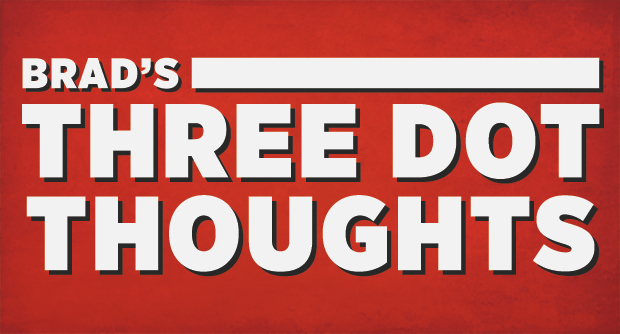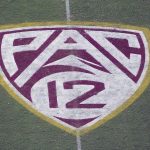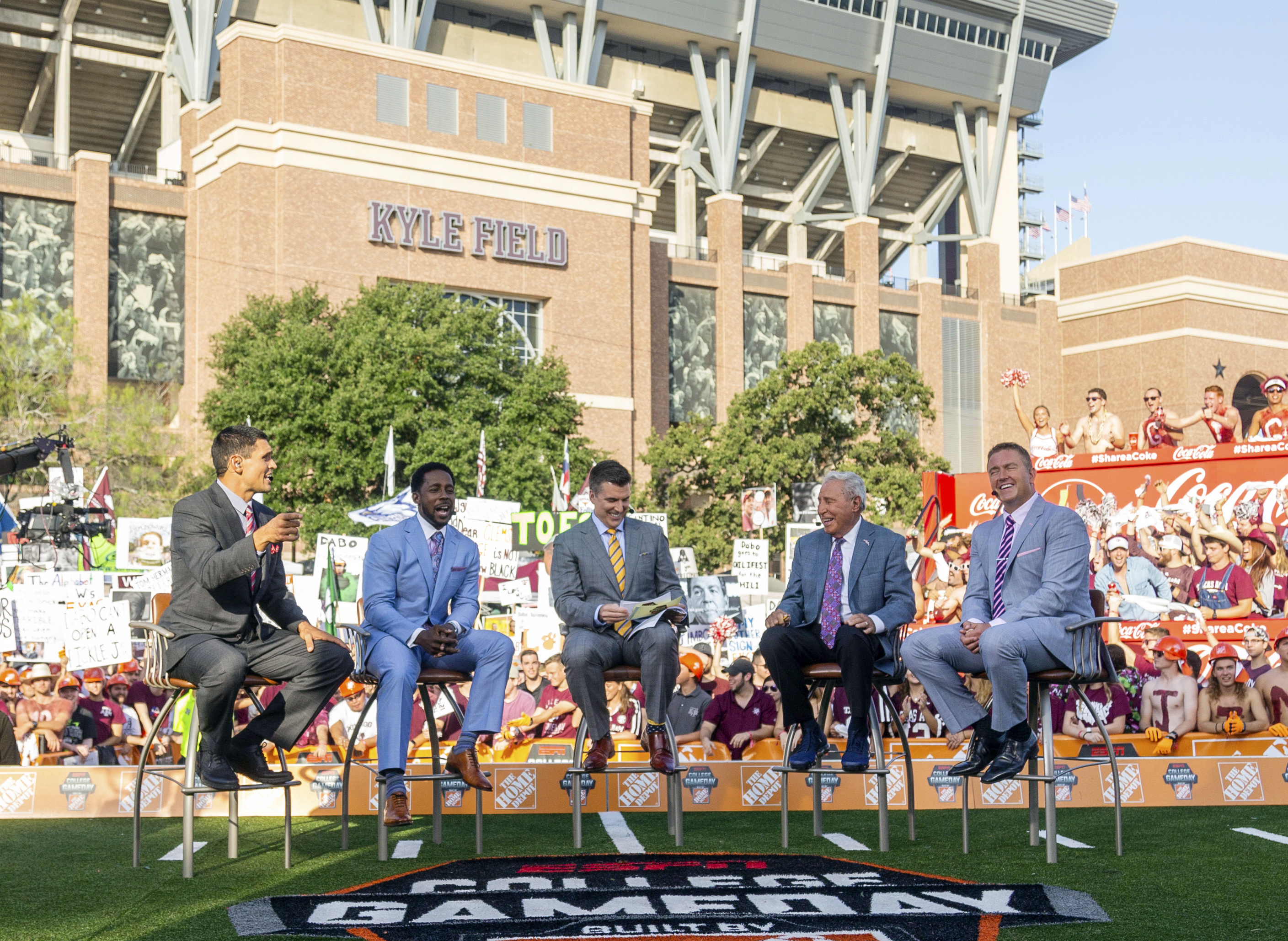Story By Evan Oscherwitz
Arizona SB 1296, which allows student-athletes to profit off of their names, images and likenesses, is set to take effect on Jul. 23. The bill would give players unprecedented freedom to pursue endorsement deals, hire agents and promote their own independent ventures, but these new liberties come with their share of uncertainty.
This is moving at a breakneck pace.
Our updated @SINow state-by-state NIL map, as of 6/29 at 5 ET.
Despite NCAA's minimalist NIL solution, schools in states with laws do have benefits. It provides schools legal protection & rules guidance while guaranteeing NIL for athletes. pic.twitter.com/JIsfKgDyCL
— Ross Dellenger (@RossDellenger) June 29, 2021
Some athletes have already begun coming up with strategies on how to take advantage of their newly acquired privileges, but others, like Arizona State football player Tyler Johnson, are not quite sure where to start.
“It’s very new to us,” Johnson said. “We’re still pretty blind about it all.”
Due to his status as a starting football player at a large school like Arizona State, Johnson could stand to reap significant benefits from his image and likeness. There is no exact formula for calculating a player’s potential earnings, but national visibility, school prestige and social media presence all play a role in determining how much money an athlete can make. Estimates vary widely, with some suggesting that the most marketable players could earn several hundred thousand dollars per year.
“It could be very beneficial,” Johnson said. “Just based off of the past few years of what we’ve been doing as a team and as a university, it’s very possible for someone to make a good amount of money.”
Of course, the athletes must market themselves properly in order to maximize their earnings, and not all of them are blessed with the experience or entrepreneurial skills necessary to do business on their own.
In states where NIL legislation will take effect before Jul. 23, some schools have begun advising their athletes on how to effectively manage their brands. However, Johnson says that he and his teammates have not received any sort of guidance from ASU, and the school’s athletic department declined to comment on its plans to inform athletes about the legislation, branding strategies and properly handling any potential profits.
“I think there’s going to be some freedom with that,” he said. “I think they’ll probably treat us like grown men and women and just let us be us. If it’s you making money, just be smart about it and if you spend it all, you spend it all.”
Although ASU has remained tight-lipped about its strategy, the University of Arizona has released some details about how it will handle the new NIL rules and everything that goes along with them. In Oct. 2020, the university designed the “Arizona Edge” program, which will help educate student-athletes in such areas as financial literacy, business law, networking and personal brand management.
“Our mission centers around serving student-athletes and providing opportunities to them to become academic, athletic and life champions,” Arizona Athletic Director Dave Heeke said in a release. “Establishing new and impactful programming around NIL is a key addition.”
@AZAthletics creates the Arizona Edge program for their Student-Athletes #BearDown https://t.co/KdWLHGr9cR
— ZonaZealotsFS (@ZonaZealots) October 28, 2020
The release did not specify how exactly training would be provided to student-athletes or when the program would be implemented, but Assistant Athletic Director for Communications Matt Ensor said that the university would hold a media availability to discuss the nuances of the program once it is in place.
While it promises to improve the financial situations of collegiate athletes, NIL legislation has the potential to change more than just the lives of the players. The new guidelines could lead to vast changes in the recruiting landscape, as prospects will now have to consider which schools might afford them the highest potential earnings. Schools like the University of Arizona, which is the only university in a large city with no major professional teams, will have a distinct advantage in that regard.
There are many questions to be answered regarding NIL legislation, as the process is still in its infancy, but the overall outlook is a positive one. Student-athletes have long campaigned for the ability to harvest the fruits of their labor, and that ability now lies at their fingertips. It is not yet clear how this development will impact individual universities, or collegiate athletics as a whole, but change appears to be imminent. As for the nature of that change, all will be revealed in time.





